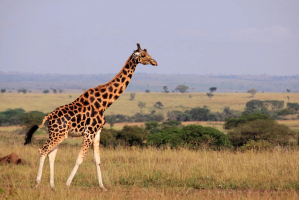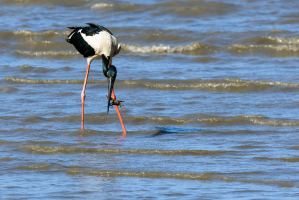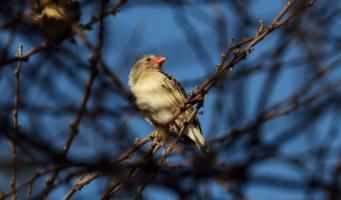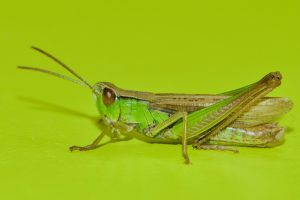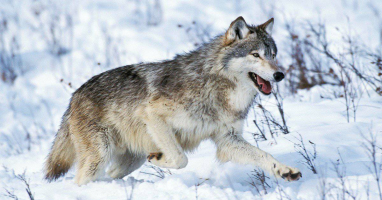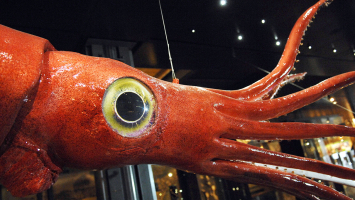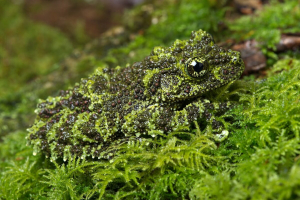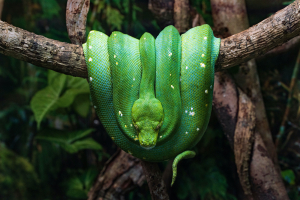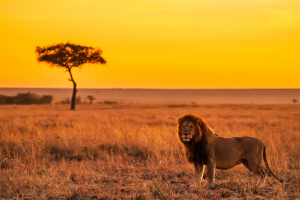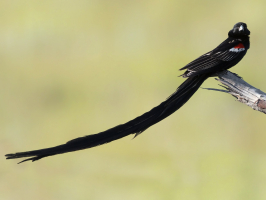Top 10 Animals With Multiple Stomachs
There are millions of types of animals in the world today, and feeding is one of the most vital things for all of them, whether they are on land or in the sea. ... read more...Many animals have unique digestive systems that are tailored to their dietary habits and habitat, and many have many stomachs, each with a distinct function. Toplist will show the most multiple stomachs animals and how they operate in this section.
-
The Baird's beaked whale, which may have more than ten stomachs, is at the top of our list of the animals with multiple stomachs. What gives that this possible? Marine mammal biologists examined several fresh Baird's beaked whale specimens at a Japanese whaling station where professional whalers delivered their haul. Their estimates are likely to be more accurate than those based on beach carcasses in varying states of decomposition. There was no forestomach in any of the 30 fresh specimens, the whale's stomach is divided into two huge chambers: two major stomach compartments, and two pyloric stomach compartments.
The stomachs of Baird's beaked whales are connected by a network of connecting chambers. According to research, beaked whales have an average of 8.24 connecting chambers. Researchers have discovered anything from three to eleven connected stomach chambers in various whales, indicating that different species have varying numbers of connecting chambers. That is to say, some Baird's beaked whales have up to 13 stomachs when counting their two major stomachs!
Digestive System: Thirteen Stomach Chambers
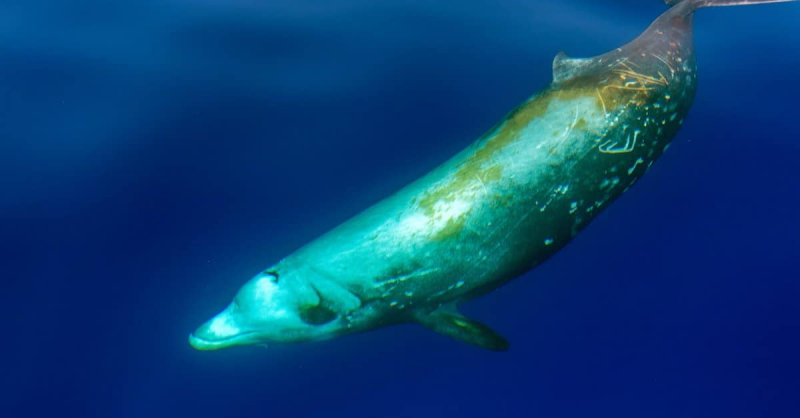
a-z-animals.com 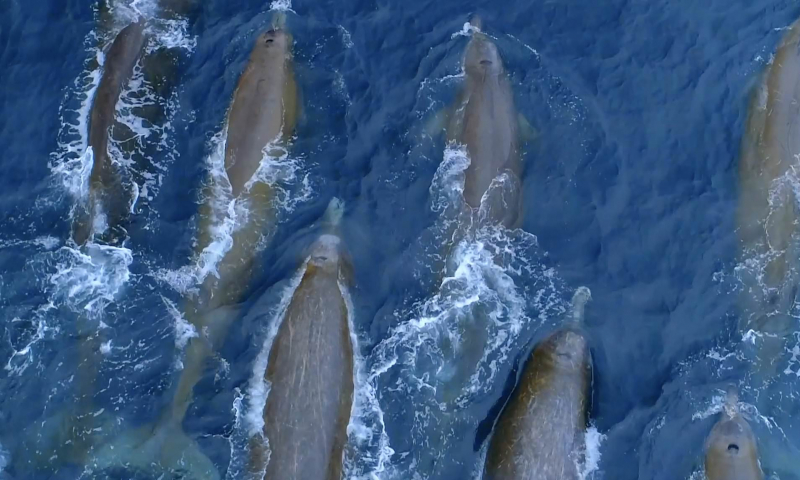
dailymail.co.uk -
Herbivorous animals endemic to Alaska, Canada, Greenland, northern Europe, and northern Asia, Reindeer are herbivorous. They have grey-brown hair and antlers that distinguish them. Reindeer are employed as a source of food, milk, and transportation in many locations. On the other hand, brown bears, polar bears, and wolves frequently hunt on reindeer. Reindeer numbers are threatened by overhunting, and they are classified as vulnerable species. And they are also one of the animals with multiple stomachs.
Reindeer are ruminants, just like the rest of the deer family. Ruminants "chew the cud" and have four stomachs. This implies they chew their food well enough to swallow it and store it in the first stomach (the rumen). The food is subsequently broken down even further in the second stomach (the reticulum) before being burped back into their mouth to be eaten again. This is known as chewing the cud, and it is commonly done when they are resting. The meal is then swallowed again and absorbed into the third stomach (the omasum). Finally, it is sent to the abomasum, where it is further broken down before being delivered to the intestines, where nutrients are absorbed.
Digestive System: Four Stomach Chambers
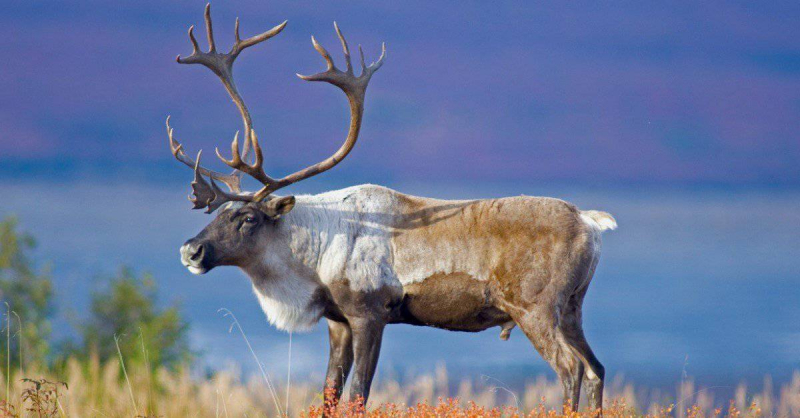
a-z-animals.com 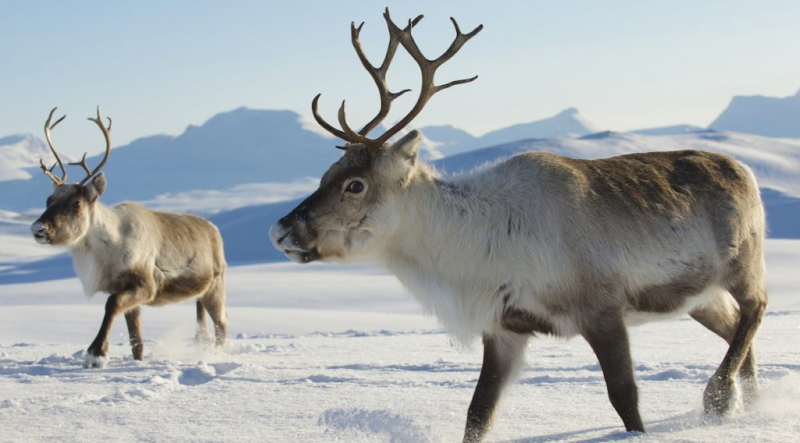
macmillandictionaryblog.com -
Giraffes are the world's tallest and biggest ruminants. There are nine subspecies of these magnificent creatures, all endemic to Africa. Giraffes are easily identified by their tall necks and characteristic brown and white coat pattern. They may reach a staggering 20 feet in height, allowing them to reach foliage at the tops of trees that other animals are unable to reach. Giraffes love to feed on acacia trees and reside in savannahs and open woodlands. Their stomachs are divided into four chambers, the first of which has adapted to their acacia-based diet. Giraffes eat throughout most of the day, consuming around 75 pounds of leaves every day. Burping is a common occurrence among ruminants. They burp up semi-digested food to chew it over again, often for hours at a time, because they are ruminants.
Giraffes live in herds with adult females and young males, living in separate bachelor herds Adults have a high survival rate, with most living to be around 38 years old. Adults are mainly exclusively preyed on by lions because of their size and strong hind legs, which may deliver a devastating kick to a predator. Leopards, hyenas, and wild dogs, on the other hand, frequently feed on calves, with only about half reaching adulthood. Giraffes are unfortunately in decline and are classified as vulnerable, while numerous subspecies are threatened.
Digestive System : Four Stomach Chambers
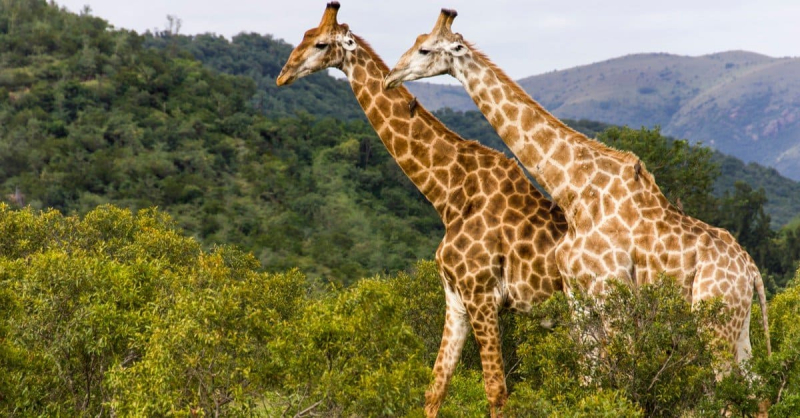
a-z-animals.com 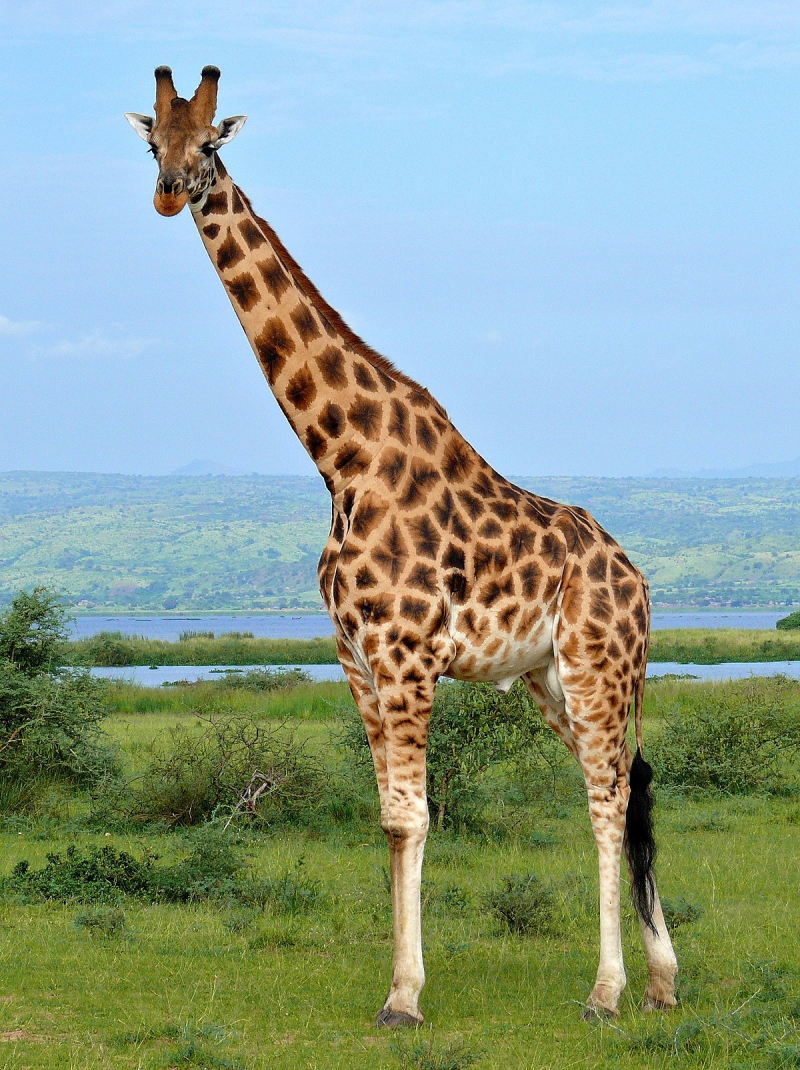
commons.wikimedia.org -
Hippos are the world's third-largest land mammal and are enormous semi-aquatic creatures endemic to Africa. With a spherical body, short legs, and a huge head with stunning canine tusks, they have a striking look. Hippos prefer to dwell near lakes, rivers, and swamps, and spend most of their time cooling off in the mud and water. They're great swimmers, and they've been known to give birth in the water on occasion. Hippos like to eat grass, although they will raid crops as well. Hippos have a unique digestive system among ungulates, hoofed animals. As "pseudo-ruminants," they have a distinct digestive system.
Pseudo-ruminants have three stomachs yet retain the advantages of ruminant stomachs with four chambers. This indicates that their stomachs do not break down their food in each compartment. Although pseudo-ruminants have three stomachs, they nonetheless have the same advantages as ruminants with four-chambered stomachs. This implies that, unlike ruminants, their stomachs break down their food in each compartment without their having to chew the cud.
Digestive System : Four Stomach Chambers
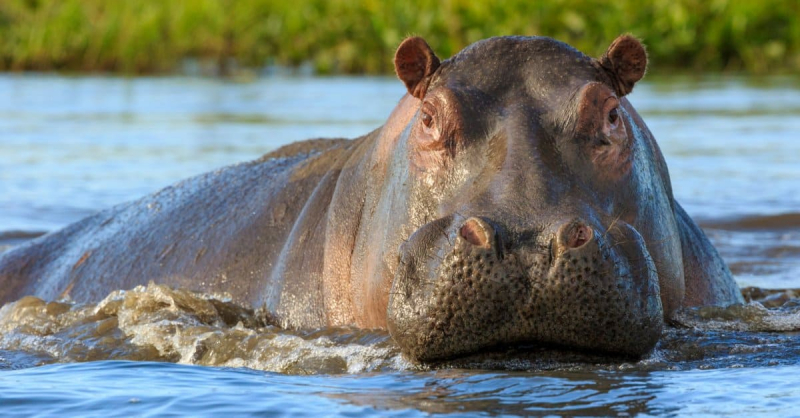
a-z-animals.com 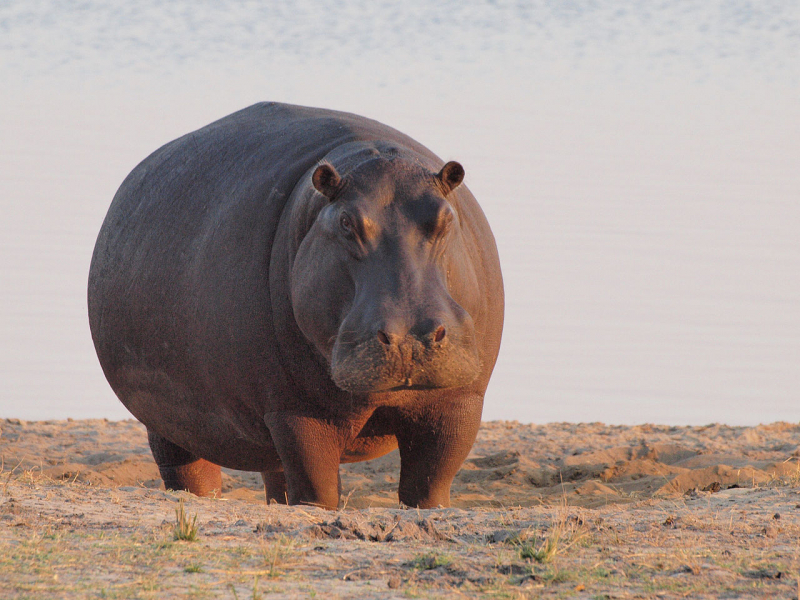
commons.wikimedia.org -
Sloths are tree-dwelling animals endemic to Central and South America, where they may be found hanging upside down in tropical jungles. These lovely critters have thick, brown fur and are most known for being extremely sluggish, moving barely 40 yards each day through the forests. Despite their near-helplessness on the ground, sloths can swim and love going for a swim. Sloths have the slowest metabolic rate of any mammal, so it's not only their pace that's sluggish. This implies that everything they eat takes a long time for them to digest.
Their primary food source is leaves, which are low in calories and minerals. The animal's belly makes up 20 to 30 percent of its overall weight when it's full. The stomach of a sloth is comparable to that of a cow. A sloth, on the other hand, takes 10 times longer to digest food, which is why sloths have four stomachs to do so and that's why it's on the list of the animals with multiple stomachs. It takes around a month to finish the full process.
Digestive System: Four Stomach Chambers
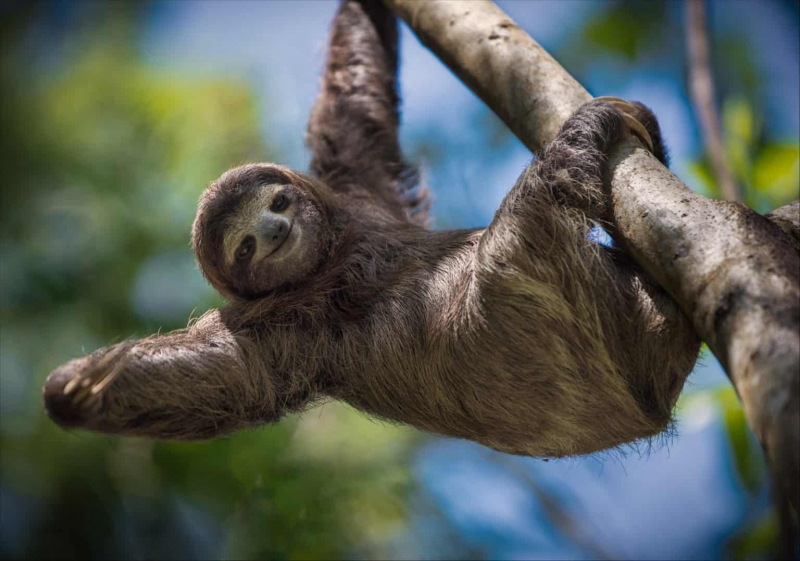
a-z-animals.com 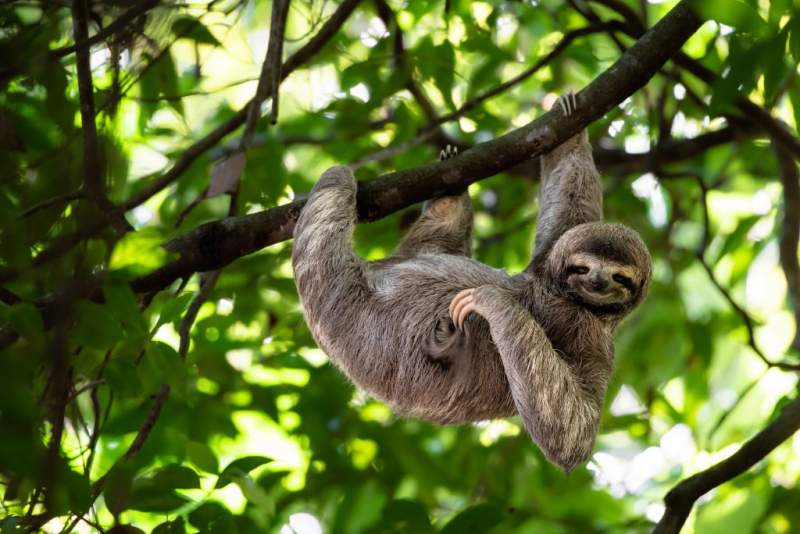
commons.wikimedia.org -
Ostriches are enormous, flightless African birds that are endemic to the continent. They are also the quickest birds on land, with a top speed of 43 mph. The common ostrich and the Somali ostrich are the two kinds of ostrich that exist, and both may grow to be approximately 9 feet tall. Ostriches have long necks, lengthy legs, and tiny heads. Females are grey and brown, with white wings and tails. Males are black, while females are grey and brown. Ostriches are found in savannas and deserts, where they eat a variety of seeds, grasses, bushes, insects, and tiny reptiles.
Ostriches have three stomachs and an exceptionally lengthy intestine, which makes them unique. Because they lack teeth, they ingest tiny stones to aid in the digestion of their meal. As a result, they require three stomachs to digest all of the various foods they consume. The stomach's ventriculus is where they keep stones and pebbles to crush their meal. Some ostriches even have 2 pounds of stones in their stomachs.
Digestive System : Three Stomach Chambers
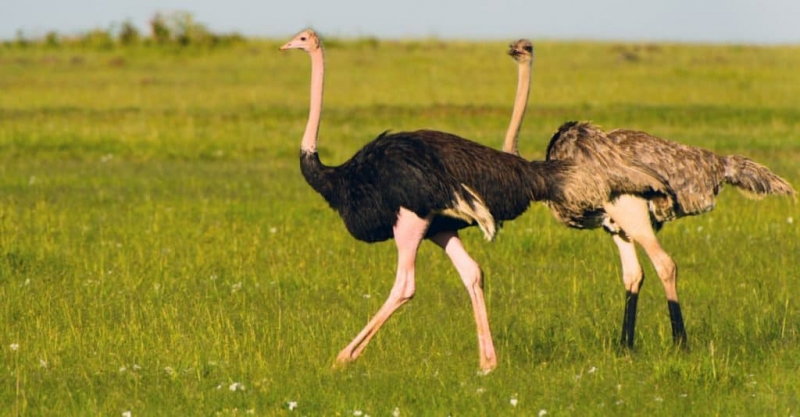
a-z-animals.com 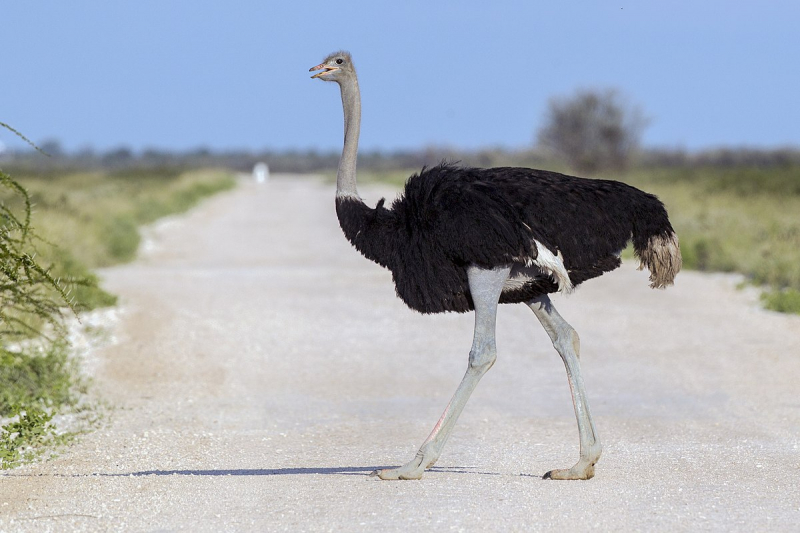
commons.wikimedia.org -
Camels are recognizable creatures with humps on their backs and the capacity to thrive in Africa and the Middle East's harsh desert environments. The dromedary (one hump), Bactrian (two humps), and Wild Bactrian are the three species that exist today (also two humps). Camels have been tamed for a long time and are an important mode of transportation in the desert. Camels have adapted to the scorching climate in a variety of ways, including being able to go for days without water. They do this by storing fatty tissue in their humps that can be converted into water.
Camels are also animals with multiple stomachs. Camels have three stomachs, similar to alpacas and llamas. These chambers help them to absorb as much nutrition as possible from the limited resources available to them. Camels have three stomachs, much like the other camelids (alpacas and llamas). These chambers help them to absorb as many nutrients as possible from the limited and unhealthy diet they consume.
Digestive System: Three Stomach Chambers
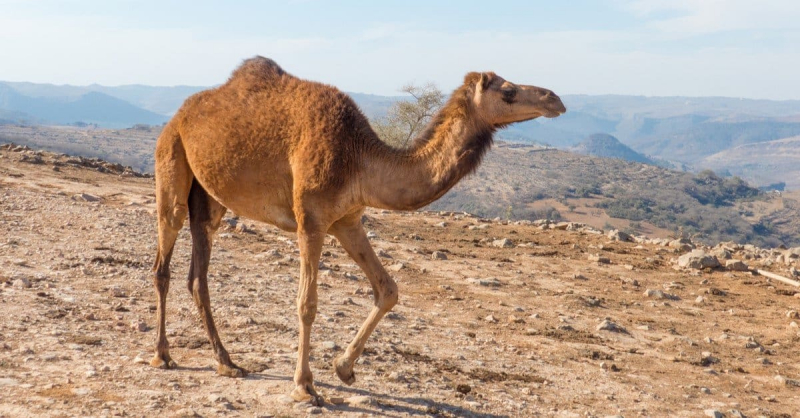
a-z-animals.com 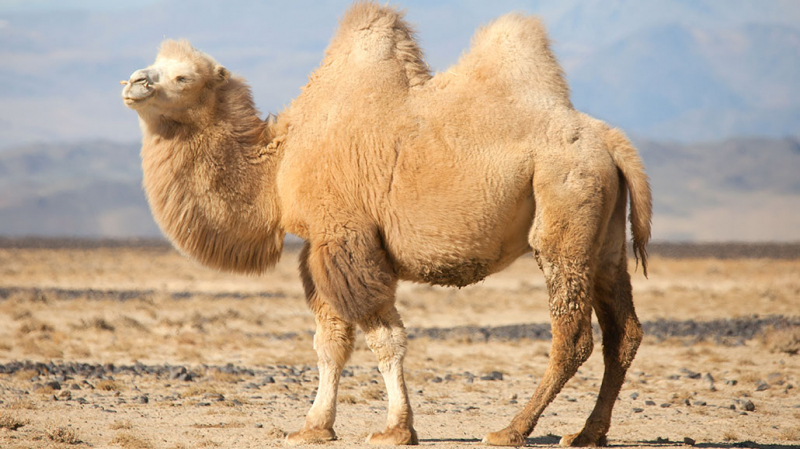
commons.wikimedia.org -
Dolphins are clever aquatic creatures that may be found all over the globe. There are 40 different kinds of dolphins, and they may be found in every ocean and even freshwater rivers. They can be as little as 6 feet long or as large as 31 feet long killer whales, which are technically members of the dolphin family. Dolphins can dive to depths of up to 1,000 feet and eat a variety of fish, squid, and crustaceans.
Although most dolphins have three stomachs, some have only two. The digestive systems of dolphins are designed to best serve their aquatic environment, which may require them to take advantage of a variety of feeding opportunities and prey availability. The forestomach, or first chamber, is the biggest of the compartments and may readily distend and stretch. It functions as a food receiving chamber. The digestive enzymes that break down food are secreted in the second chamber, commonly known as the glandular chamber. Finally, the pyloric compartment is responsible for controlling the transit of digested food into the small intestines.
Digestive System : Three Stomach Chambers, but some have only two

a-z-animals.com 
commons.wikimedia.org -
Alligators are enormous carnivorous reptiles found in freshwater lakes, rivers, and swamps in the United States, Mexico, and China. The most visible distinction between them and crocodiles is their snout form, which is normally black or greenish-brown with white undersides. Crocodiles have a thin and pointed nose, but alligators have a considerably shorter and rounder snout. Their nose has incredible power, allowing them to crush prey like turtles and small animals. During digestion, the alligator circulates blood through a special vessel that does not pass through the lungs called the left aorta. Humans, other mammals, and birds lack this special vascularity which makes their stomachs special and it can't be wrong to be on the list of the animals with multiple stomachs.
Alligators have two stomachs, one for eating and one for digesting their prey. The first half contains gastroliths (stones) to grind up the meal, while the second part is very acidic to break down the remaining food so that it may be digested. An adult crocodile can go without food for 3-4 months without feeling hungry, there are even some recorded cases of crocodiles that can survive for a whole year without food.
Digestive System: Two Stomach Chambers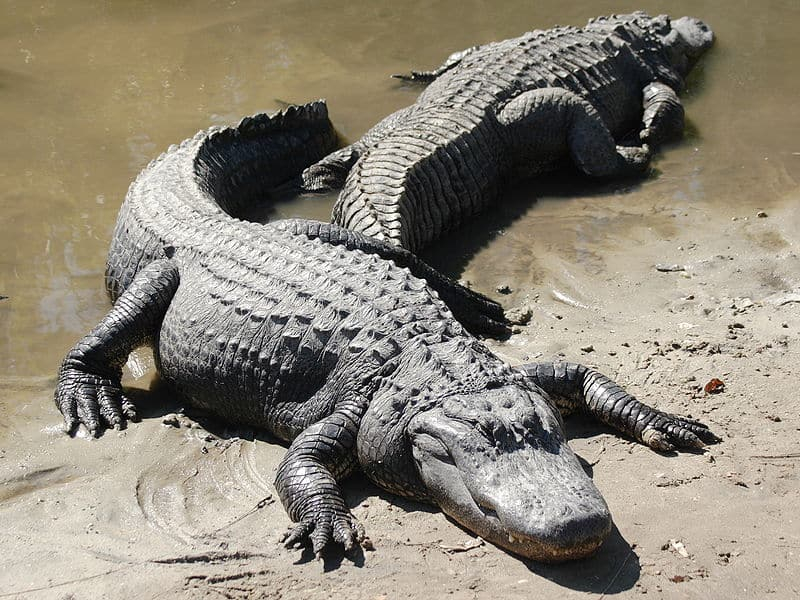
a-z-animals.com 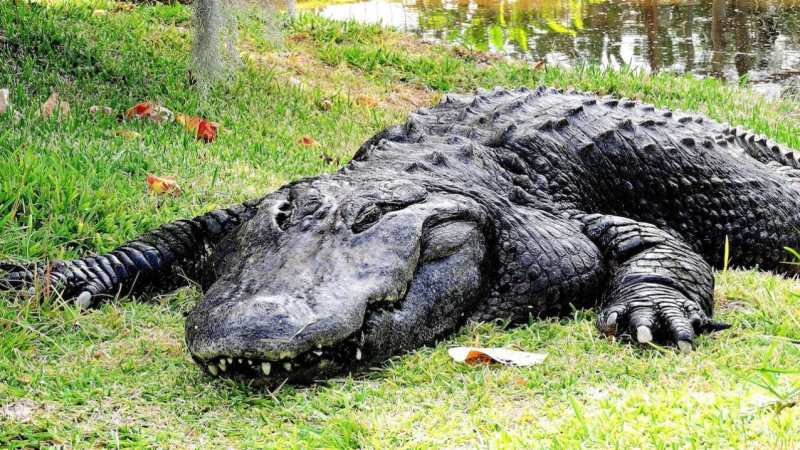
commons.wikimedia.org -
Kangaroos are the biggest of the Macropodidae family's four members. They are marsupials with two stomach chambers that are endemic to Australia and New Guinea. Kangaroos are herbivores who prefer to feed on grass and plants. Kangaroos, like cows, have two stomach chambers: sacciform and tubiform. The bacteria, fungus, and protozoa in the sack-like anterior chamber start the fermentation process required for kangaroo digestion. Food can stay in this area of the stomach for several hours before fermentation starts. The kangaroo, like a cow chewing cud, may spit out undigested food to be chewed and eaten again. As food ferments, it enters the second stomach chamber of the kangaroo, where acids and enzymes complete digestion. They regurgitate food and chew it again, but because chewing the cud is more difficult for them, they do not chew it as often as ruminants.
Kangaroos are immediately identified by their unique hopping motion, which is enabled by their muscular rear legs and long tail. The biggest kangaroos may grow to be 8 feet tall and achieve a peak speed of 43 mph. Wrestling with each other and balancing on their tails while kicking each other in the belly with their rear legs is how males "box." Many of kangaroos' natural predators are now gone, although dingos, eagles, and goannas are still around.
Digestive System : Two Stomach Chambers
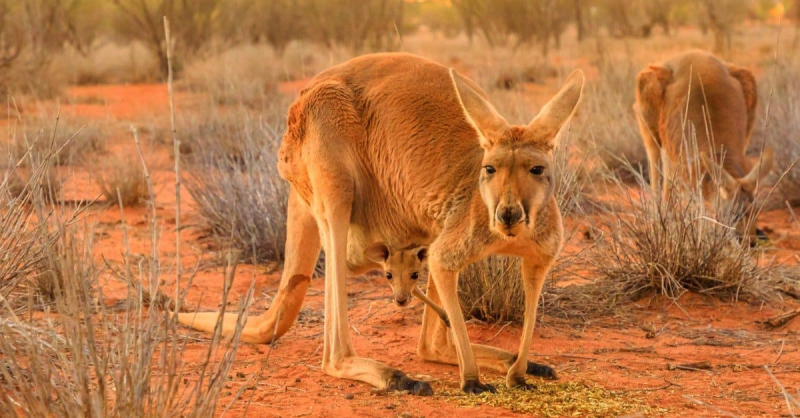
a-z-animals.com 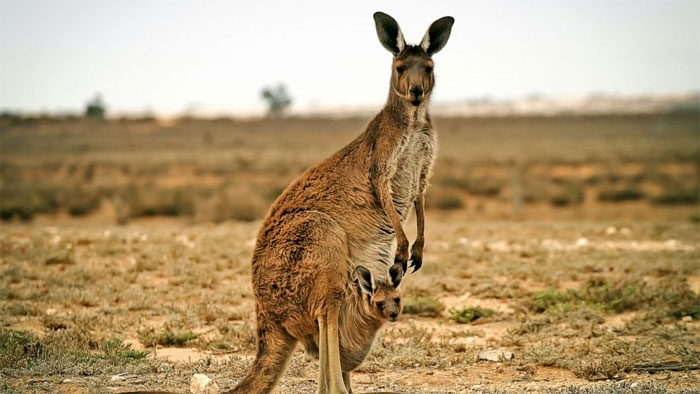
commons.wikimedia.org












